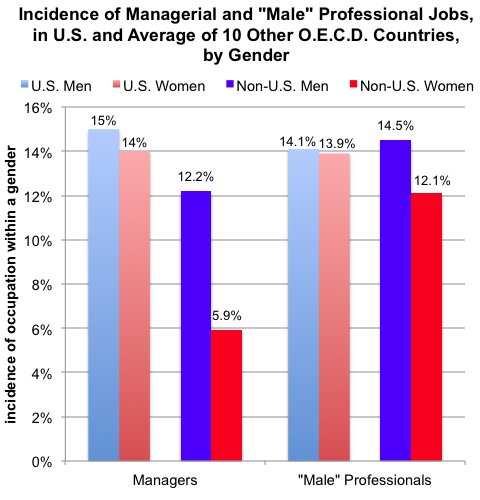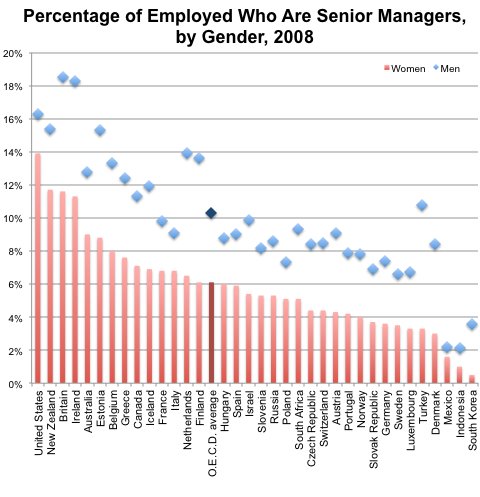The days are getting shorter. The swimsuits have been put away. The football season has begun.
That can mean only one thing: The start of the school year is near.
At one time, preparing children for school required buying new clothes and a fresh set of pencils. These days, your child is likely to need Internet access and a laptop even more than a composition notebook.
For parents, the choices can be overwhelming — and expensive. Here are some tips to get started.
FOR THE FAMILY First, you need to prepare your home. Make sure you have robust Internet access. Much homework these days requires children to do research on the Internet, even in elementary school.
And while much of the world is abandoning paper copies — airplane boarding passes can be displayed on a smartphone screen and many stores offer e-mailed receipts, for example — most schools require students to hand in homework in printed form.
Make sure you have a printer at home, as well as a spare printer cartridge and an extra ream of paper. Too many parents discover that sinking feeling when the printer ink runs out the night before a child’s big project is due. Now is the time to stock up on backup supplies.
Also make sure there are multiple ways to back up, save and transfer files between home and school, and the other way around. A 16-gigabyte thumb drive, $10 at Best Buy, for example, might seem low-tech, but it can provide enough storage to get an edited video project off a student’s laptop. Most models can also survive a trip through the washing machine.
To ensure that gadgets have power, invest in spare cables and an extra USB charger, like the PowerGen Dual Port USB Adapter, $9 at Amazon, to increase the chances that your phone and your child’s will be fresh in the morning.
It’s also time to update your browser’s school-related bookmarks, for easy access to the health office or a teacher’s home page. While you’re there, plug in your school’s dates into your shared family calendar.
MIDDLE-SCHOOLERS Middle school is generally when many parents first give a child a smartphone or laptop. According to a Pew survey released this year, nearly half of middle and high school students own these devices.
Amy Dirlam, the technology integration specialist at the St. Joseph Public Schools in St. Joseph, Mich., recommends checking with your child’s school before investing in a device. That is because schools are increasingly providing some sort of hardware to students, she said. In Ms. Dirlam’s district, for example, this fall each incoming sixth-grader will be issued a MacBook Air that will follow them into high school, provided they take care of it.
Chances are, though, you’ll be faced with spending your own money if you want to buy your middle-schooler a computer. For most children, a laptop is a better bet than a desktop because it is portable and can be taken to school or to a library.
The Acer Chromebook, $200 at Best Buy is one of many light, durable Internet-centric appliances built around Google’s Android operating system. These have full keyboards and robust batteries, but limited local storage. That’s a similar issue with many tablet options, like Samsung’s Galaxy Tab 2 10.1 Student Edition, $320, a bundle that includes a keyboard, tablet and docking station.
If you want to add more storage, a USB hard drive like the 1 TB Toshiba hard drive, $75 at BH Photo works for local storage; for individual projects, cloud-based services like Dropbox, Google Drive or SugarSync are free, provided you register and stay within the minimal storage requirements.
Smartphones are becoming a middle school staple — and may provide more than just a social advantage — but be sure your child’s school allows them.
IN HIGH SCHOOL A high school student is more likely to need more technology, particularly the computing power provided by a full-featured laptop for editing video and other jobs that require more storage, a large screen and specialized software.
A Windows 8-based Toshiba Satellite laptop, $365, with 500 GB of internal storage and a DVD drive might be one choice for a high-schooler. At a huge price jump, the light and powerful MacBook Air, $1,000 and up, continues to be the top choice for power, ease of use and durability. You can always add more storage, either locally or online.
The high school years are when apps and gadgets start forming around a child’s interests. If your child is taking an advanced math class this fall, you may be dismayed to learn that many schools still require a specialized calculator, like a TI-84 Plus, $90 at Walmart. You could buy a much cheaper calculator app, but most schools will not allow students to use a tablet or a smartphone when taking a test.
Young musicians might need an app like AccuTune, $1 for Apple devices, and an extra pair of personal earbuds, like Skullcandy 2xl, $10, will come in handy.
COLLEGE FRESHMAN A college freshman’s first test? Getting his or her laptop in tune with the school’s network. This is easier said than done, which is why it helps to tap into the expertise found in most college technology departments to help you access the institution’s printers and shared drives. The department can also set up your child’s e-mail account on a laptop and smartphone. Don’t forget to have the student put phones and other devices on the university’s Wi-Fi network, to reduce data charges. Some colleges will lend gadgets like external DVD drives, which may be needed to install specialized software.
Giving a child any device with an Internet connection requires oversight. A sudden wave of adolescent emotion could generate a photo or a social media message that could become what Gail Lovely, a former teacher and owner of Lovely Learning, a consulting firm for schools, refers to as a “digital tattoo” that comes up in a job interview 10 years later.
Ms. Lovely also suggested that phones, tablets or laptops that leave home should be insured and stored in a protective case, and recommended that every parent learn how to limit a child’s access to things like in-app sales and mature-rated content.
Also critical is something that can’t be purchased — a trusting parent-child relationship, and your ability to properly match your child’s growing desire for Internet access with his or her emotional maturity. For that, there is no app.

Article source: http://www.nytimes.com/2013/08/29/technology/personaltech/a-digital-back-to-school-checklist.html?partner=rss&emc=rss




